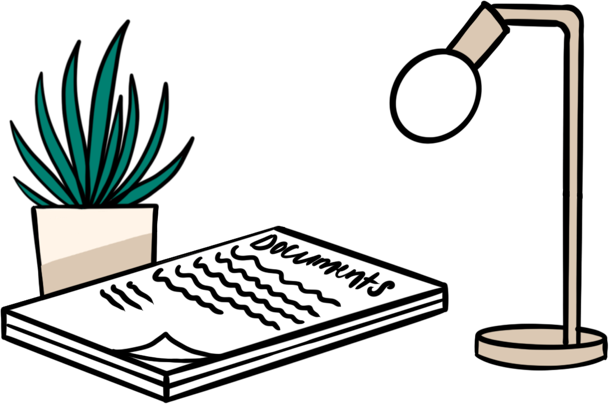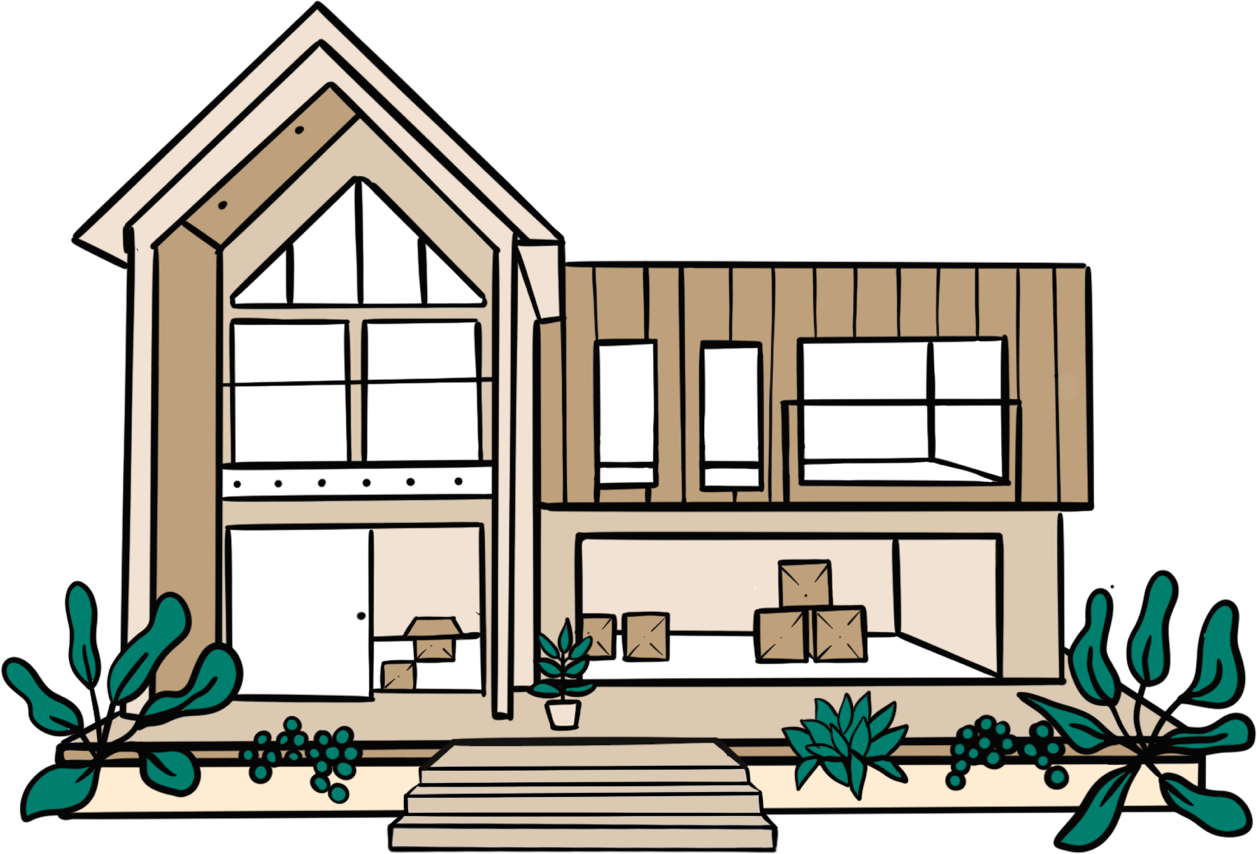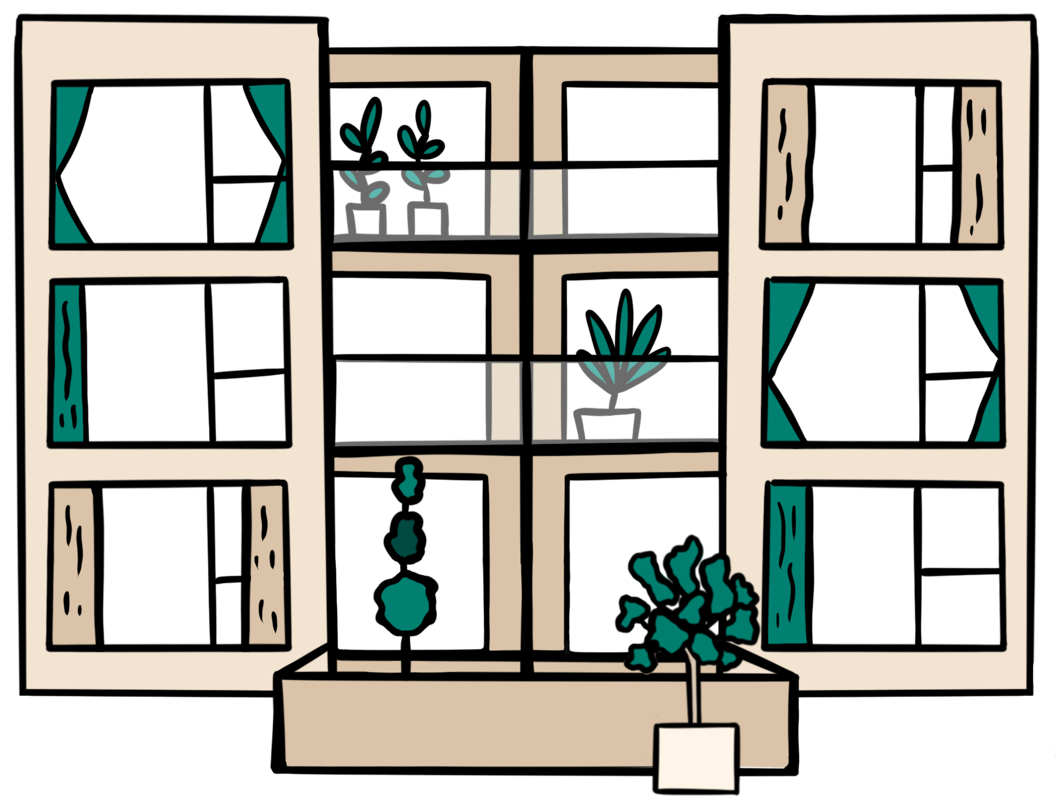Tell us about your move - are you buying, selling, or both?
Key takeaways
- Leasehold means you own the right to live in a property for a set period, rather than owning it outright
- Properties with less than 80 years remaining on the lease can be harder to sell and may affect mortgage options
- Selling a leasehold requires additional documentation including the lease agreement and management pack
- Freeholder consent may be needed to sell, and they'll charge for providing necessary information
- The process typically takes longer than selling a freehold due to extra paperwork and checks

Selling a leasehold property involves unique challenges that differ from selling a freehold property. Whether you’re wondering “can I sell my leasehold property?” or currently navigating some complexities of your leasehold sale, understanding the key considerations is key to a successful transaction.
This guide will walk you through everything you need to know about selling a leasehold property in the UK, addressing common questions like what makes leasehold sales different, potential obstacles and the essential steps to ensuring a smooth sale.
What is a leasehold property?
Let’s start with the basics. A leasehold property is a property you own the right to live in for a set period, rather than owning the property or land it sits on outright. Think of it as a long-term rental agreement, where you have a lease from a freeholder, which can impact how you can sell a leasehold property.
As a leaseholder selling the property, you’re essentially passing on your rights under that lease to a new buyer. Lease terms can vary but are typically quite long – often 99, 125, or even 999 years when first granted. The remaining time left on the lease is a critical factor when selling a leasehold property, as the property becomes less valuable as the lease term gets shorter.
The freeholder while owning the land, has little control over your leasehold day-to-day. However, they’ll likely charge annual ground rent and service charges that cover maintaining the building and any communal areas, which can affect the sale of a leasehold property.
We have a guide on the difference between a leasehold and a freehold here.
Can you sell a leasehold property?
The simple answer is yes, you can sell a leasehold property. Although there are some extra considerations and documents compared to selling a freehold property.
Guide: Leasehold vs freehold - what's the difference?
One of the biggest factors to consider is the remaining lease term left on the property. The more years left on the lease when you sell, the more valuable and marketable your home will be to buyers. In fact, whether a leasehold property be sold easily depends largely on the lease length.
If the lease only has less than 80 years left, it can seriously impact what buyers are willing to pay and their ability to get a mortgage on the property. This is what can make selling a leasehold a little more difficult.
You may also need to get approval from the freeholder (the landowner) that they are happy for the lease to be transferred to the new buyer, though not all lease sales require this.
When selling a leasehold property, you'll need to provide the buyer with comprehensive info about the lease – the start date, duration, current ground rent, service charges, and other critical details.
What’s the process for selling a leasehold?
Selling a leasehold property involves a few extra steps compared to a freehold sale, but don't worry – we'll guide you through the leasehold sale process step by step. Here's a comprehensive overview of how to sell a leasehold property:
- First up, you might need to get approval from the freeholder or their management agent for the lease transfer. Expect to pay some admin fees for the freeholder to complete the LPE1 form.
- Before marketing the property, gather all critical leasehold documents. This includes the lease agreement, recent ground rent statements, and service charge accounts – essential documents for selling a leasehold flat.
- Check the remaining lease term carefully. If it's getting short (especially under 80 years), consider extending the lease before selling, as this can significantly impact the property's value and saleability.
- Choose an experienced conveyancer who specialises in transferring ownership of a leasehold property and understands the unique complexities of leasehold transactions.
- Market your property and secure an offer. Once the property is under offer, the formal sale process begins.
- When you find a buyer, be prepared to respond to queries and provide a comprehensive leasehold management pack alongside standard seller's forms. The freeholder of your lease will charge for this documentation.
- Exchange contracts, making the property transaction legally binding.
- Reach completion day, when the sale is finalised, keys are released, and the buyer becomes the new legal owner.
If you want a more comprehensive overview, you can check out our complete guide on how to sell your property here.
Is it harder to sell a leasehold property?
Many property owners ask, is it hard to sell a leasehold property? While selling a leasehold isn't necessarily harder, it does present some unique challenges that can make the process more complex.
Here's some things to consider when selling a leasehold:
1. Time and complexity:
- The process is often more long-winded
- It usually takes more time due to freeholder involvement
- Additional paperwork and documentation are required
2. Factors that can make selling a leasehold property harder:
- The remaining lease term - shorter leases are significantly less attractive
- Potential disputes or issues with the freeholder
- Risk of providing incorrect leasehold information to buyers
- Restrictive clauses in the lease, such as pet ownership limitations
3. Preparation is key:
- Gather all necessary documentation early
- Address any potential issues with the lease or freeholder
- Consider extending the lease if it's approaching a critical length
4. Expert assistance:
- Work with a real estate agent experienced in leasehold sales
- Consult with a solicitor who specializes in leasehold properties
While selling a leasehold property can be more challenging, being well-prepared and understanding the process can make it smoother. With the right approach and professional help, selling a leasehold property doesn't have to be significantly harder than selling a freehold property.
What documents do I need to sell my leasehold?
As we’ve mentioned, you’re going to need to gather a few bits of paperwork to sell your leasehold. Here’s a breakdown of those documents:
Copy of your lease:
You’ll need a copy of your lease, this is your contract between you and the freeholder. A copy of the lease should be registered with the Land Registry. If you can’t track down your copy, there are a few places to check. The conveyancer who handled your purchase, your mortgage provider if you took out a mortgage and if those fail, you can request a copy from the Land Registry.

Leasehold management pack: This is also known as the TA7 form. The leasehold management pack summarises the lease, including:
- How much ground rent you pay
- Service charges and administration fees
- Any plans your freeholder has for major works/renovations
- Details of the building insurance policy
- Information on the management company
- Asbestos surveys (if any)
- External wall fire reviews
Alongside this, you’ll need all the usual paperwork that needs to be provided when selling a property. This includes:
- Proof of identity
- Property title deeds
- Energy performance certificate
- Property information form (TA6)
- Fittings and contents form (TA10)
- Warranties and guarantees
Find out more about all these documents in our guide to what paperwork you need to sell your property.
Can you rent out a leasehold?
If you’re considering renting out your leasehold instead of selling, whether you can depends on your leasehold agreement. More often than not your leasehold agreement will outline one of the three following:
- You can’t sublet at all, under any circumstances.
- You can sublet if you get permission from the freeholder.
- You can sublet without the need for freeholder consent.
If there is no mention of subletting in your agreement, then the appropriate step would be to contact a legal professional to have a look at your agreements and advise on the next steps.
Some leases may include additional restrictions, such as you can’t sublet a property:
- In part, this means you can’t for example rent out your property and not your garage.
- As a holiday or short-term let
- For business purposes
If you don’t adhere to the conditions laid out in your agreement, your freeholder would be within their rights to take legal action.
It’s important to note that as the leaseholder, you would ultimately remain responsible for paying the ground rent and service charges, even when the property is rented out to tenants.
Frequently asked questions
How long does it take to sell a leasehold property?
It typically takes slightly longer to sell a leasehold property when compared to selling a freehold thanks to the extra paperwork and checks that need to be done.
It’s impossible to know how long your home will be listed on the market before getting an offer. That depends on factors like demand from buyers in your local area, how well your property shows, the asking price, and so on.
But once you do accept an offer, the conveyancing process generally takes around 10 – 12 weeks on average. It’s a little longer than a freehold sale, sure, but it’s not a huge delay.
How do I extend the lease on my property?
As a leaseholder, you have rights when it comes to extending your lease. It’s called Statutory Lease Extension and gives you a formal process to follow. You can extend you lease outside of the legislation if both parties agree.
Here are the key steps to extending your lease:
- You’ll want to hire a specialist surveyor to calculate the value of the lease extension
- You’ll then need to serve your freeholder a Section 42 Notice. This is a formal document that outlines your offer to extend the lease.
- They’ll have two months to respond – either accepting, rejecting, or negotiating your proposal.
- If they counter-offer and you don’t accept, you might enter a period of back-and-forth negotiations, which could last weeks or even months. Every case is unique.
- Once you finalise and agree on that premium cost, you’ll hand things to a solicitor to hand the legal lease extension paperwork. Then you’ll pay the premium fee.
- And finally, the lease gets officially extended for the agreed term.
What happens at the end of a lease?
Earlier we talked about why it’s so important not to let the leasehold term dwindle too low before taking action. And there’s a really good reason.
If your leasehold fully expires (reaches 0 years) and you haven’t extended or renewed it beforehand, the entire property and land (if relevant) revert to a freehold, and ownership goes back to the freeholder.
Even if you paid off your mortgage years ago and have no outstanding loans in place, letting that lease fully run out means you no longer have any legal claim to continue living there or retaining ownership.
It’s a worst-case scenario that you really want to avoid by staying on top of the lease term and renewing or extending it through the proper channels before it ever gets down to those critical final years or months.
Can I sell a leasehold with a short lease?
Yes, you can sell a leasehold property with a short lease, but it may be challenging. Properties with leases under 80 years are often less desirable to buyers and may be difficult to mortgage. Consider extending the lease before selling or being prepared to negotiate on price.
What happens if my freeholder is unresponsive during the sale process?
If your freeholder is unresponsive, it can delay the sale. In this case, you may need to seek legal advice. If your freeholder does not respond, you may be able to act through tribunal. They are under no obligation to respond, which can make sales near impossible if you run into this issue

Need conveyancing for your leasehold sale or purchase?
If you need a conveyancer to buy or sell your leasehold property, look no further than Eden.
We put you first, you’ll have your own dedicated property lawyer to manage your case from start to finish, and access to our 24/7 digital portal so you never feel left in the dark.
If you’ve got a question, get in touch, our team are here and happy to help.

